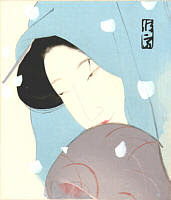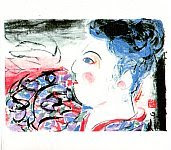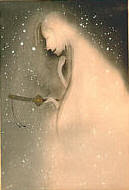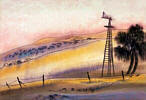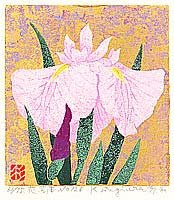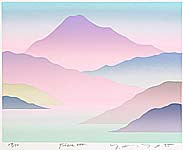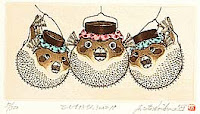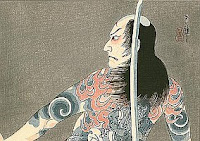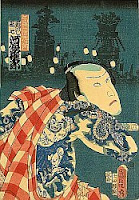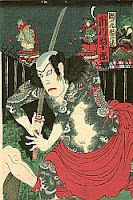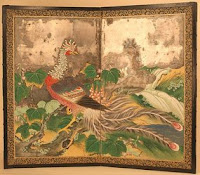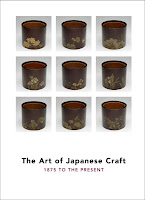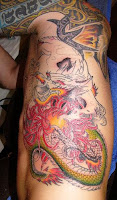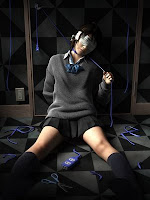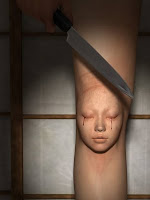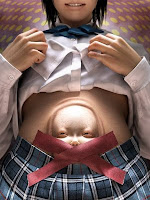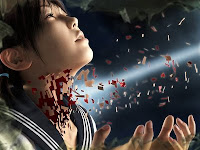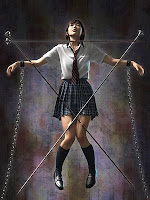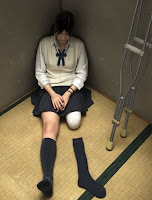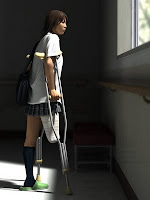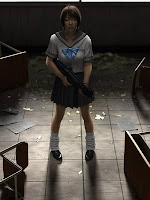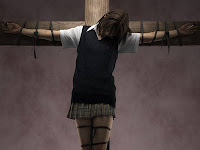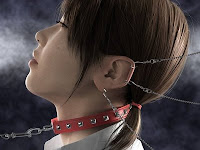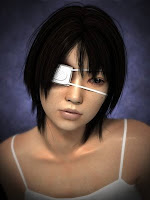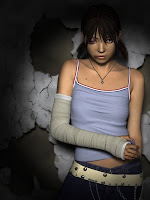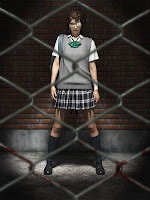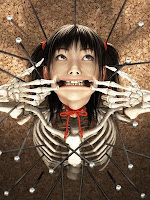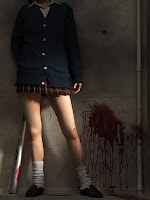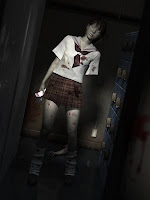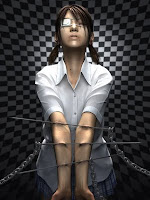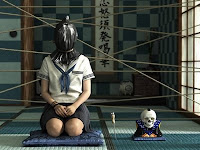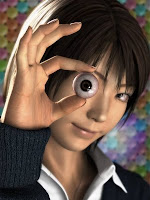 International art collectors are warming up to a new breed of daring Japanese artists that are no longer beholden to Western styles
International art collectors are warming up to a new breed of daring Japanese artists that are no longer beholden to Western stylesby : Hiroko Tashiro
It all seems like a distant memory now, but back in the late 1980s, Japan was the center of gravity in the international art market. Cash-flush corporations and real estate moguls snapped up trophy works by Vincent Van Gogh and Picasso for then-huge sums. Then, as the 1990s arrived, it all ended in tears with the end of Japan's fabled "bubble economy." Japanese art collectors were more likely to be frantic sellers than sophisticated buyers.
Now, the Japanese art market, though nowhere near the size it was back in the go-go '80s, is showing tentative signs of a comeback. The difference this time is that a new wave of Japanese modern artists are driving the way, rekindling collector interest at home and abroad. The Japanese have always been avid art lovers. An estimated 1 million of them visit the Louvre in Paris every year. And the economy's revival this decade has given many of them the financial wherewithal to buy artworks that catch their fancy.
At the same time, contemporary Japanese artists such as Takashi Murakami and Yoshitomo Nara, who are gaining an international following, have sold some works for in excess of $1 million in the U.S recently. Japanese art exhibits showcasing contemporary artworks are also drawing huge crowds.
Small Piece of the PieIn January, an art fair called Art@Agnes at a Tokyo hotel was packed with 4,500 people, including young women and families who usually don't go to art galleries. A group of more than 30 contemporary art galleries in Tokyo and Osaka displayed their collections all together to the general public for the first time. "There were far more people than we expected. It was amazing," says Sueo Mitsuma, director of Mizuma Art Gallery, one of the organizers of the fair.
Japan's art market, though growing again, is still a small piece of the global art market. Last year, total sales generated by the country's top eight art auction houses were just under $150 million. In contrast, annual sales worldwide at the prestigious Christie's auction houses hit $4.67 billion. The $8.2 million or so the Tokyo Art Fair draws in sales is dwarfed by the $573 million that premier modern art exhibits such as Art Basel raked in last year.
Still, optimists point out that Japanese contemporary artworks have only recently gained notice abroad, or even domestically. "Japanese contemporary art has never received much attention in Japan," says Mitsuma of Mizuma Art Gallery. Another edge is price: Japanese works are reasonable, at least compared with the inflated prices now surfacing for similar fare in fashionable art markets like China and India.
Auction Houses Take NoticeKyoko Hattori, 32, a vice-president with the acquisitions group at Aetos, started to collect contemporary art about 18 months ago and has bought works, mostly paintings, ranging from $400 to $4,000 or so. One somewhat outlandish work she picked up at the Art@Agnes show is a drawing of a train traversing a women's cleavage. "Contemporary art is interesting," says Hattori. "You can feel personal feelings of the artists through their work."
Japanese auction houses have also taken notice of the demand for affordable contemporary art. Shinwa Art Auction, which is listed on the Osaka Stock Exchange, controls 33% of the art auction business in Japan. The art house started a separate contemporary art auction last year. Shinwa officials were surprised to see works by modernists such as Yoshitomo Nara and Hisashi Tenmyouya sell for $115,000 and $136,000, respectively. Back in 2004, one painting by Tenmyouya only managed to fetch $12,000, suggesting a sizable increase in art market valuations.
The "Japanese art market had suffered from the after-effects of the collapsed bubble economy and deflation for years," notes Yoichiro Kurata, a former fund manager who now, as president, handles auctions for Shinwa Art. "But there is a huge possibility of growth in Japan, and we're finally entering a new phase triggered by contemporary art." Overseas art collectors are also now quite active in Japan's modern art scene. In the latest auction by Shinwa in April, some 40% of bidders were foreigners.
Younger Artists Gain Global AppealInvestment funds that buy works, promote them, and hope they appreciate in value long-term are also fueling the contemporary art revival in Japan. Eijiro Imafuku, CEO of Fine Art Investment, which established the Contemporary Art Fund in 2005, thinks interest in buying modern art will grow as consumers start to become more sophisticated about how to price and procure pieces. His fund also publishes an art magazine on the inner workings of the traditionally opaque Japanese art market. "When people become aware of that, it will lead to an expansion of the art market in Japan," says Imafuku.
The revived interest in Japanese contemporary art is encouraging in another respect. Younger artists, less beholden to Western artistic styles and inspired by uniquely Japanese ones based on manga comic books and animation, are developing original works that have global appeal. "There is a generation of artists who are not copying European or American art but have new ideas based on Japanese traditions and culture," says art gallery owner Mitsuma. "They don't have an inferiority complex toward Europe or America like old Japanese."



